Legacy Compatibility Lab: My Full Stack for Reviving Dead Software
A comprehensive documentation of my virtualized environment stack designed to analyze, patch, and rebuild legacy Windows applications — from XP-era binaries to modern Win10 apps needing backwards compatibility.
Legacy Compatibility Lab: My Full Stack for Reviving Dead Software
“Fix software that shouldn’t be running anymore — and make it run again.”
Overview
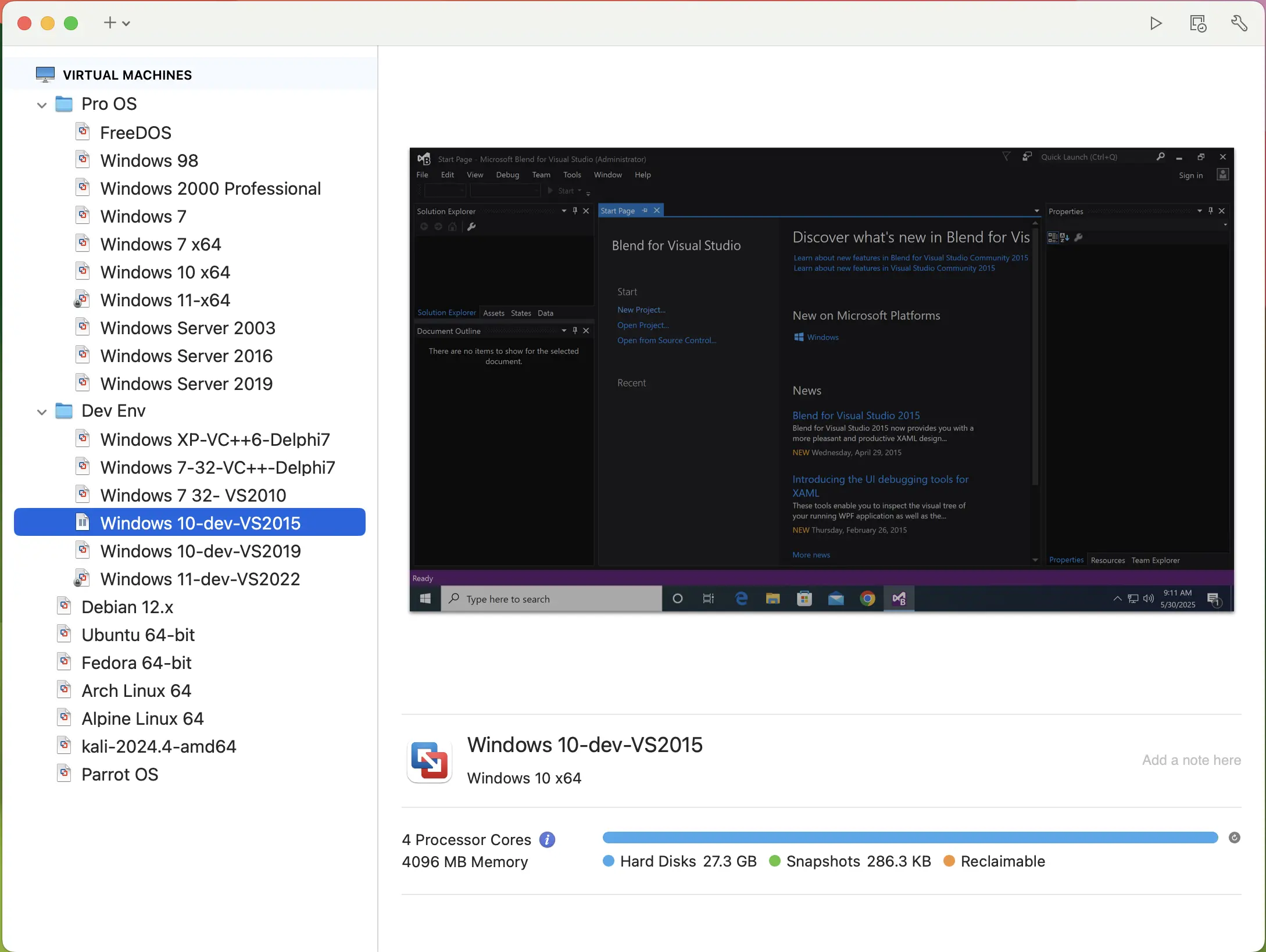
This is my custom-built stack for analyzing, patching, and rebuilding legacy Windows software — covering everything from VC++6/Delphi apps on Windows XP to modern Win10/Win11 binaries that must remain compatible with Win7 or even XP.
Each layer is precisely engineered for its purpose in the software recovery pipeline, supporting various toolchains, system APIs, and runtime environments.
🔧 Core Virtual Machines & Roles
🧱 Windows XP + Visual C++ 6.0 + Delphi 7
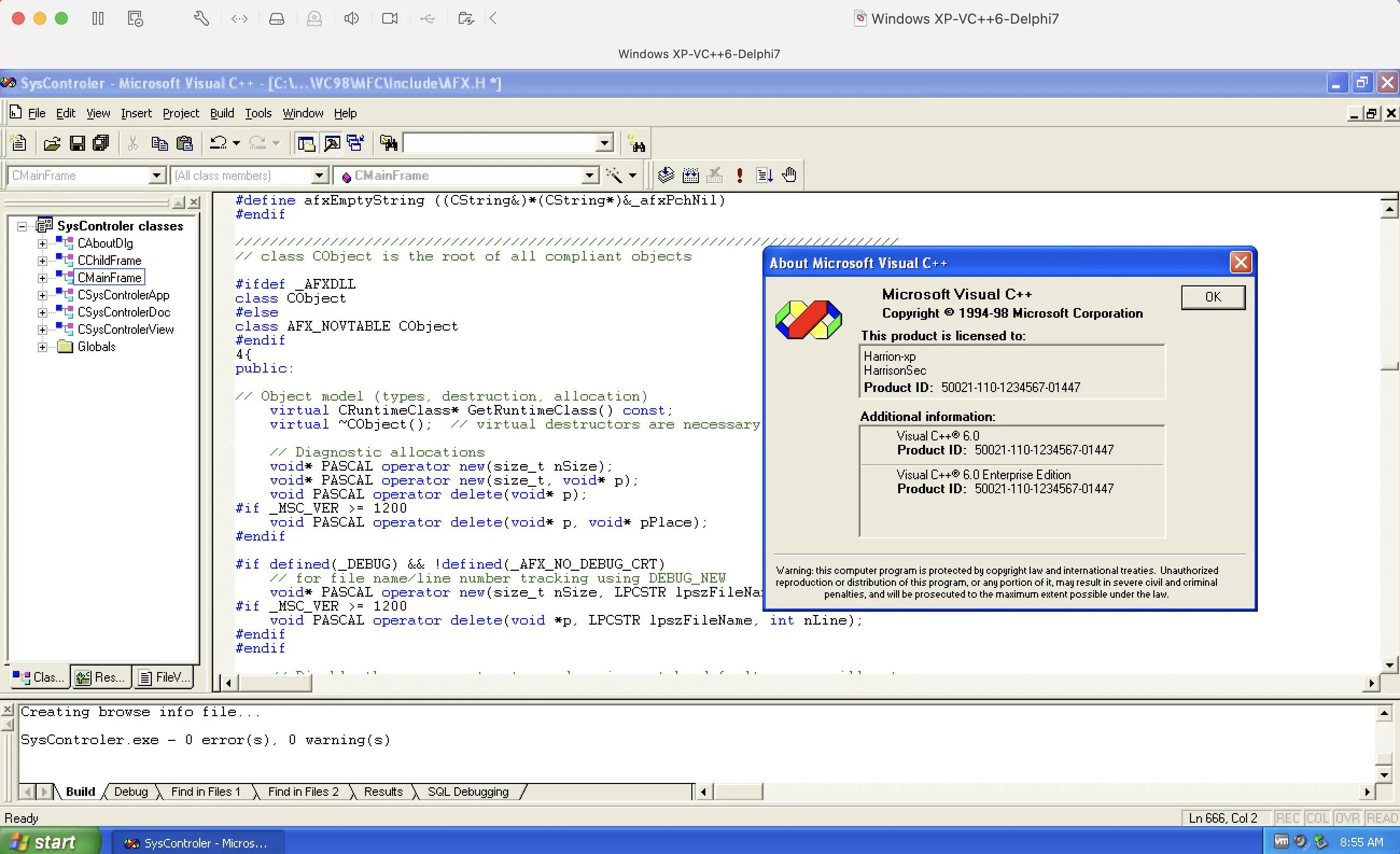
Purpose: Provide an authentic execution environment for fragile legacy binaries.
-
Use Cases:
- Debug OCX/DLL registration failures
- Analyze Delphi 7 / MFC GUI behavior
- Work with BDE and legacy flat-file databases
-
Tools:
- Visual C++ 6 + SP6 + Processor Pack
- Delphi 7
- Resource Hacker, CFF Explorer, IDA Free / Ghidra
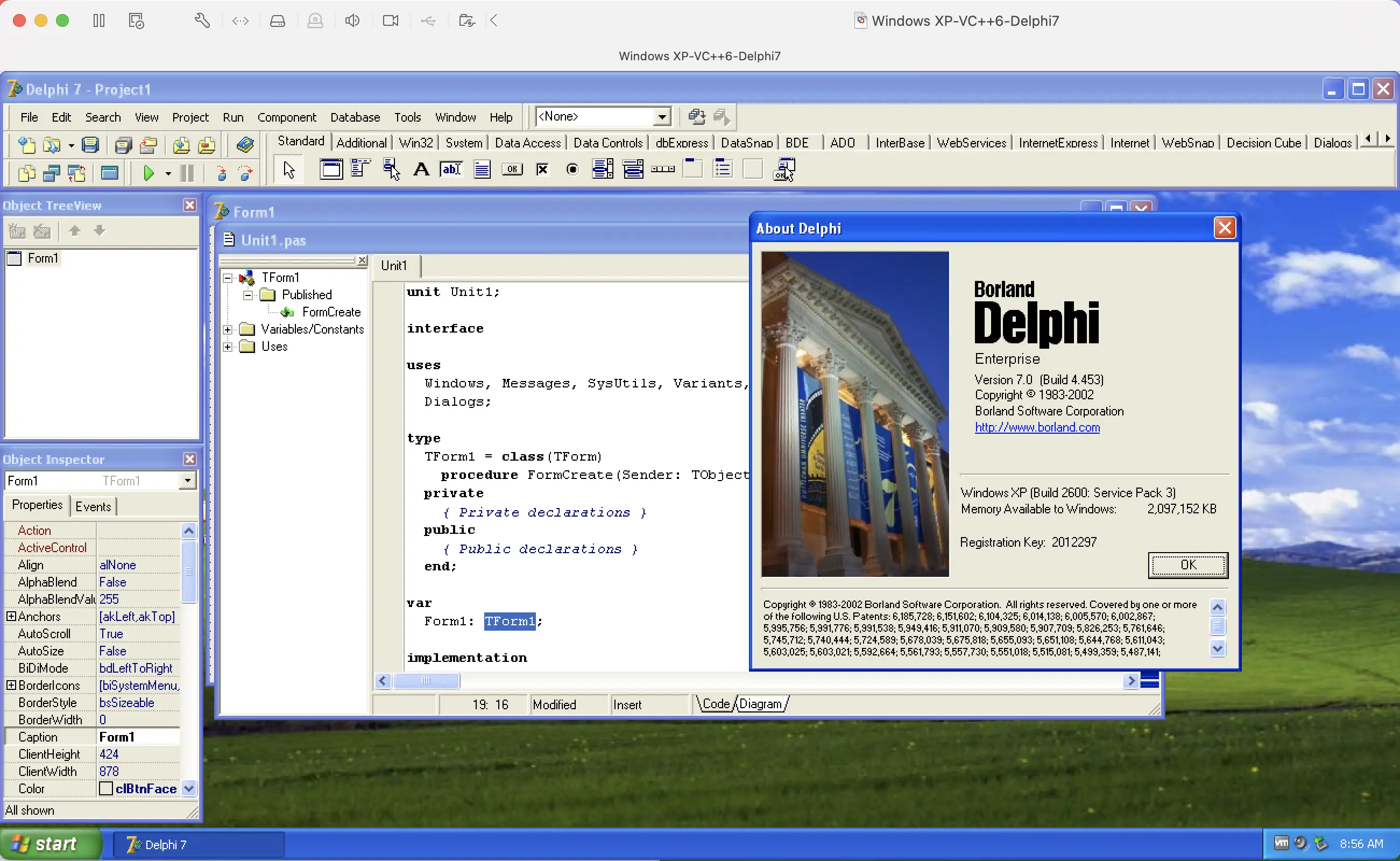
✅ Preserves original behavior for validation and patching.
🛠️ Windows 7 (32-bit) + Visual Studio 2010
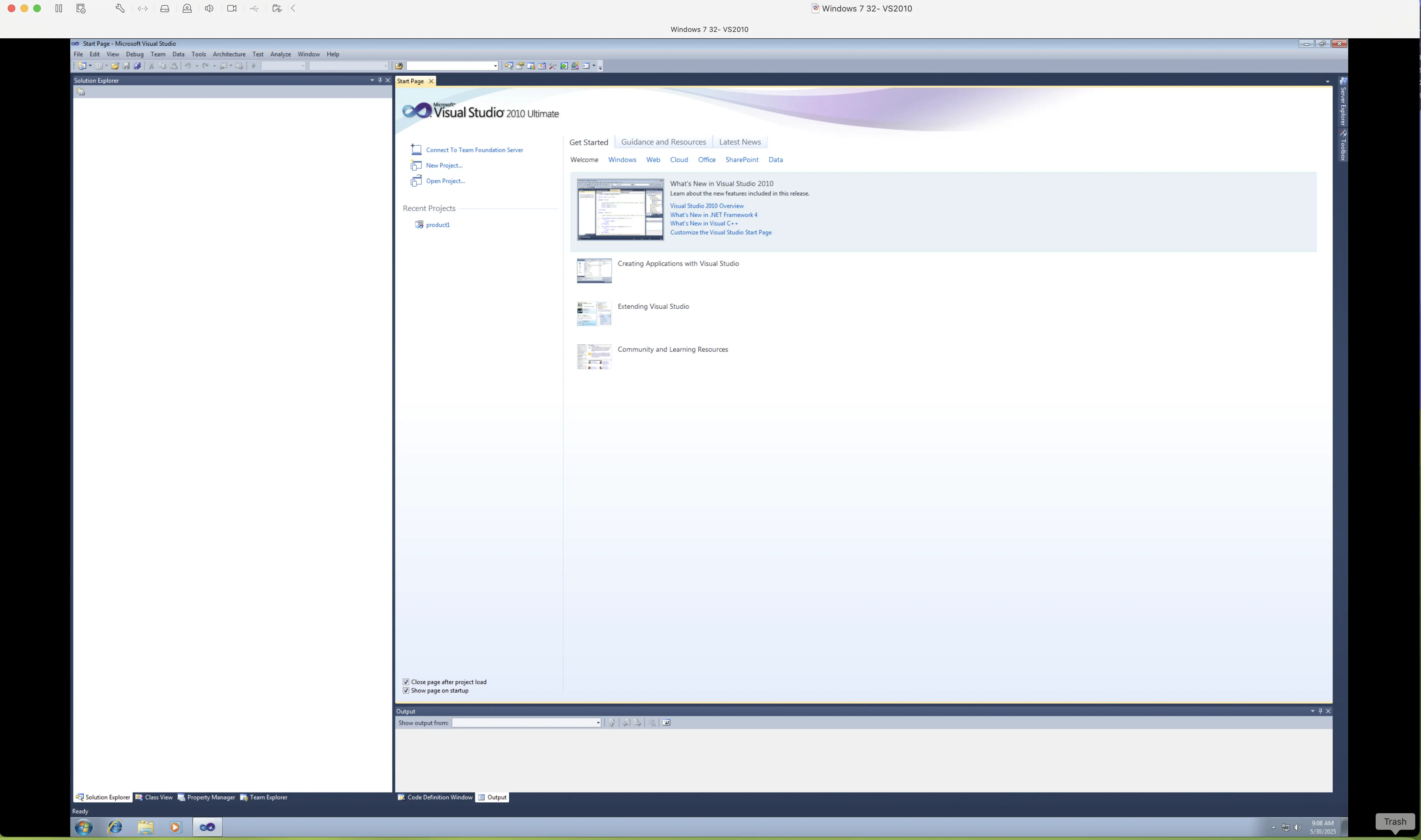
Purpose: Compatibility rebuild zone for XP–Win7 range software.
-
Use Cases:
- Rebuild VS2005/2008 projects
- Shim DLL creation, patch exports/imports
- Static patching of crash-prone binaries
-
Tools:
- Visual Studio 2010 (v100)
- Windows SDK 7.1
- Dependencies (lucasg), PEStudio
✅ Bridges legacy runtime quirks with mid-modern toolchains.
💻 Windows 10 (64-bit) + Visual Studio 2015
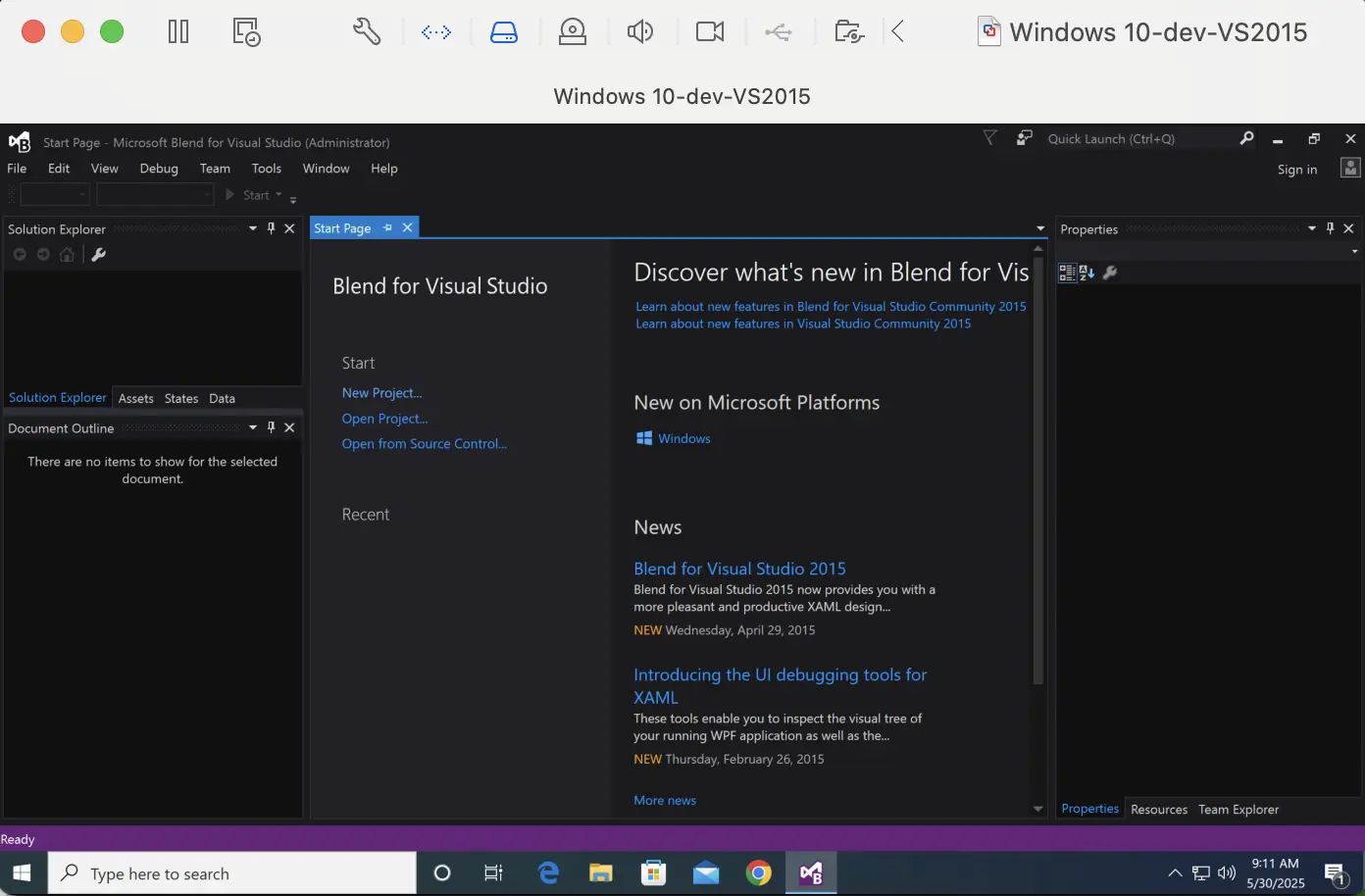
Purpose: Main migration and dual-architecture rebuild environment.
-
Use Cases:
- Build Win7/10-targeted projects (x86 & x64)
- Migrate Qt4/Qt5 codebases
- Write compatibility wrappers
-
Tools:
- Visual Studio 2015 (v140)
- CMake + Ninja + MSBuild
- Windows SDK 10.x
✅ Where legacy meets modern in a scalable, stable environment.
💼 Windows 10 (64-bit) + Visual Studio 2019
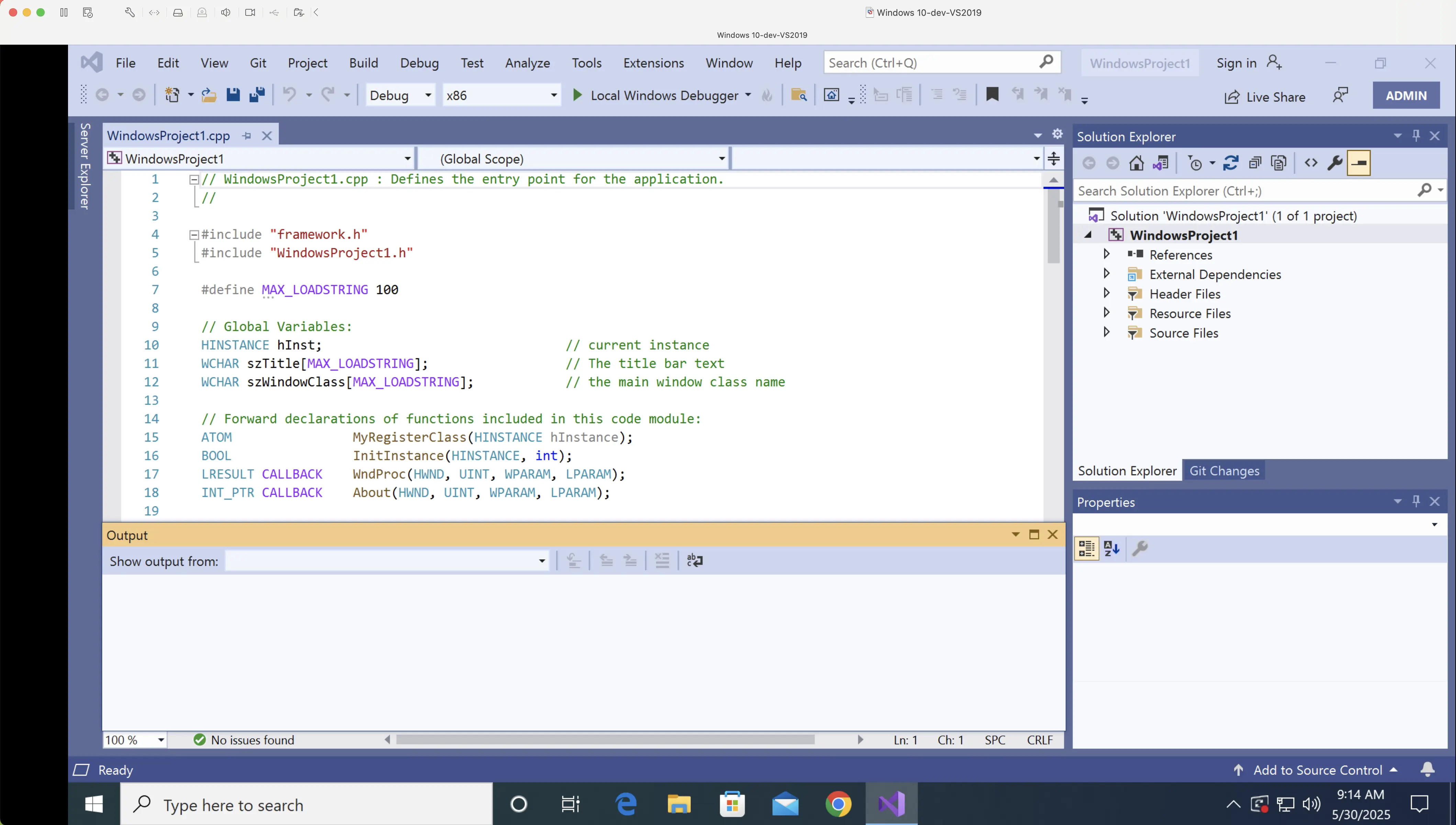
Purpose: Fast-build environment with better Qt/C++17 support.
- Use Cases:
- Refactor large projects
- Test across Qt5/6 variants
- Package multi-arch builds
✅ Optimized for speed and code modernization.
🧪 Windows 11 (64-bit) + Visual Studio 2022
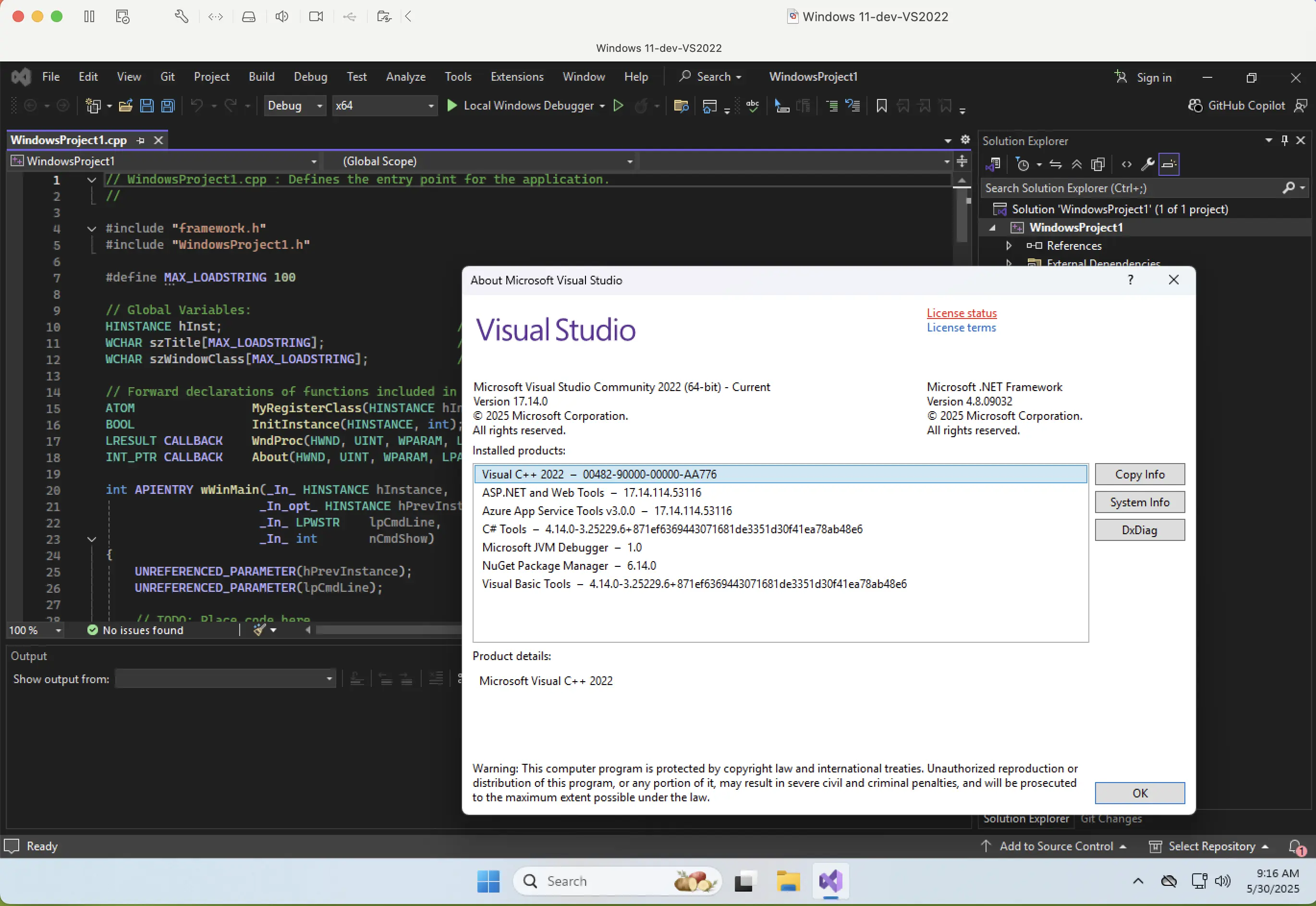
Purpose: Final-stage compatibility and edge-case validation.
- Use Cases:
- Run legacy binaries under Win11 constraints
- Patch for undocumented behavior
- Ensure long-term support viability
✅ A fix isn’t done until it passes this final stress test.
📦 Workflow Examples
A. XP Says “Not a Valid Win32 Application”
- Analyze dependencies using Dependencies tool
- Detect unsupported APIs (e.g.,
GetTickCount64) - Stub or shim missing calls with custom DLL
- Recompile with XP-compatible toolset
B. Win2000-Only Executable on Win10
- Use IDA or Ghidra to find version checks
- Remove hardcoded syscall/version dependencies
- Patch with modern toolchain while retaining ABI
- Forward old API calls via stub DLL or compatibility layer
C. Delphi 7 App Crashing on OCX in Win7
- Register OCX/DLL manually (
regsvr32) - Use Dependency Walker to verify missing dependencies
- Adjust or add application manifest if needed
- Package into a simplified one-click installer
🧠 Why This Matters
“I don’t just reverse engineer code — I reverse engineer time.”
Many industries — from industrial control to government systems — still rely on aging applications.
This lab ensures those systems remain operational when no one else is willing or able to help.
🔗 Contact / Learn More
Explore more at: https://harrisonsec.com/projects/legacyops
Want help with your own legacy recovery mission? Reach out via ProtonMail, or GitHub (available upon request).
Comments
This space is waiting for your voice.
Comments will be supported shortly. Stay connected for updates!
This section will display user comments from various platforms like X, Reddit, YouTube, and more. Comments will be curated for quality and relevance.
Have questions? Reach out through:
Want to see your comment featured? Mention us on X or tag us on Reddit.
Leave a Comment